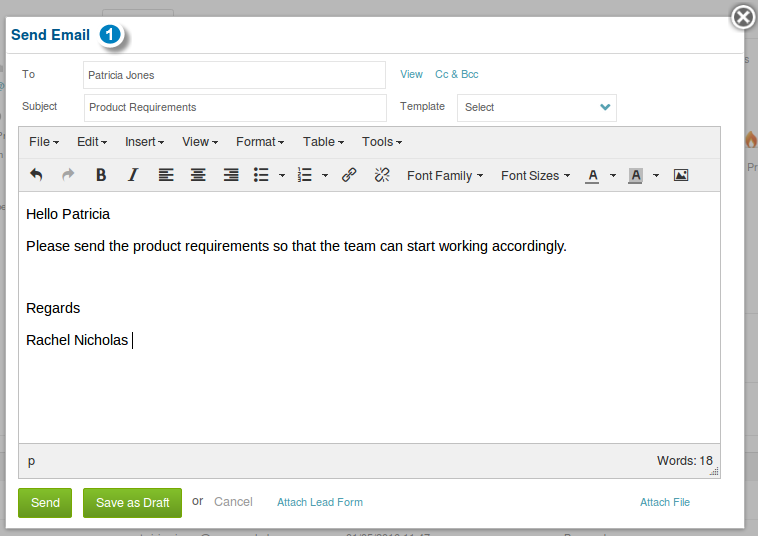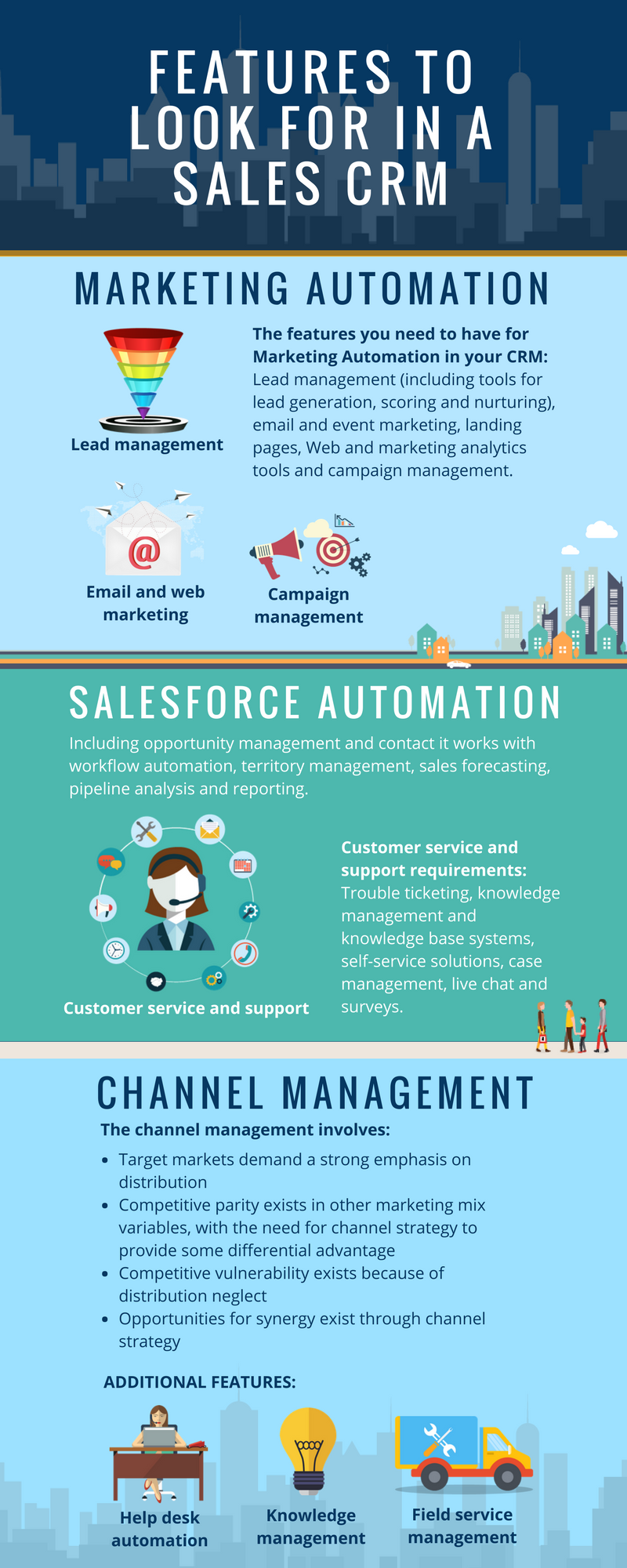What is Omni-Channel Customer Service Experience In CRM Industry. The concept of omnichannel customer experience has apparently originated from marketing. After all, it was none other than the marketing professionals who started tailoring advertising content to different communications media, namely, print, TV, email and now mobile devices.
Soon enough, what we experienced was the permanently altered consumer behavior. From learning about a product, evaluating and buying it, sharing opinions about products and service providers (with an ever-widening circle of online friends) to accessing customer support – everything spanned different communications media. Inevitably, these interactions, entailing multiple platforms and communication channels in both the physical and online worlds have heightened consumer expectations.
In the words of an expert, ‘’such profound changes in the landscape, has preferred consumerization of customer experience to consumerization of technology. And the effects show up in everything from customer oriented applications to IT infrastructure and provisioning.’’
But the question is how successful have the companies been to tackle this challenge?
Traditionally, companies have always offered siloed experiences that targeted a specific medium. Elaborating further on this context, a senior executive at a retail company has stated – ‘’ Companies were comfortable in catering to customers till the time customer interactions started and finished in a single channel, say visiting a retail store to buy a product, or calling customer support to resolve a billing discrepancy.
However, today’s hyper-connected world has afflicted us with smartphone-induced ADD. People increasingly multitask, interact through multiple devices over several channels (web, email, social networks, text messaging, and voice) to complete a single task. So whether it’s a customer inquiring about a specialty drink on the Starbucks Facebook page, and then taking a product satisfaction survey via a series of text messages, initiating a conversation or task on one medium, and taking it up later on another has become a trend.’’
Customer experience challenges
Having said all this, let’s proceed to see some of the common problems faced by customers due to ineffective omnichannel customer service:
1. Inconsistent information
When customers move across different channels, they often encounter inconsistent information. Data is presented in different designs without the synchronization of content between journeys along different channels. Nevertheless, this makes for a confusing customer experience when some actions, are available on one, but not in the other.
In the words of a customer, ’’ The least favorite thing is that everything is not included on the mobile site. It’s important that companies redesign their online presence to embrace omnichannel world.’’
2. Lack of Personalization
Consumers demand the companies to record their preferences learn their habits and keep track of them regardless of the platform they happen to be using. Gone are the days when companies could pass off by just synchronizing wish lists between mobile apps and a Web site or offer purchase suggestions based on the shopping cart. Today, ideally, companies are required to record when and where a customer performs a particular action. Then only can they improve the customer experience by using present context and past history.
3. Frustrating customer support
Omnichannel has amplified the frustration levels of the customers through the sheer increase in the potential number of communications medium. For instance, there are millions of cases when customers have initiated contact via a mobile app, filled in the problem details using a Web form and has finally called a live agent only to repeat the concern once again.
In the words of a customer – ‘’Most often while contacting the customer support, my call has been transferred multiple times, with each agent asking for the same routine information.’’
Ineffective omnichannel customer service has led to increased customer effort and frustration. Inevitably, this has resulted in customer churn and attrition.
How does a disjointed omnichannel customer experience affect companies?
Repeated surveys have cited that poor management of customers across different channels has resulted in losing customers in the long run. Without crucial customer data, companies have failed to provide relevant content, cross-selling opportunities, timely alerts and better loyalty programs.
Explaining the importance of omnichannel customer experience, Erin Levzow, (customer service professional) has stated – ‘’Building a community of loyal, engaged customers becomes a colossal challenge when you consider the number of times an average consumer uses multiple devices and platforms to connect and interact. The thinking goes like this: stealing time wherever and whenever to get things done.
With this in mind, it is nothing but a competitive imperative to incorporate omnichannel facility into the entire customer experience. Whether companies integrate their sites with social platforms like Facebook, Twitter or integrate commenting and review systems, customer experience is required to be a multichannel conversation.’’
One of the business verticals to have implemented this trend in full swing is the retail sector. According to Vicki Cantrell, SVP of the National Retail Federation, most retailers have already merged online and on-premise shopping to deliver nothing but the best to the customers. Forrester Research Retail analyst Sucharita Mulpuru has commented, “Retailers need to be wherever customers are, which these days means online and on their phones.”
As retail has started the trend of omnichanel customer experience, experts predict other business to follow the suit. Forrester’s Ron Rogowksi has commented – ‘’the phenomenon of mobile-first consumers wandering between multiple communication channels will ultimately affect every business. Consequently, companies need to focus on delivering great experiences, day in and day out. ‘’
How ConvergeHub helps you?
ConvergeHub online CRM offers a multi-pronged, data-management strategy in which all customer data, marketing and sales brochures, presentations and case studies are tapped into a single, consolidated repository. The CRM can be used to store and analyze 100 percent of your customer interaction data: from web transactions and online chat logs to contact center transcripts.
It –
a. Helps create and maintain uniformity across all channels
Benefit: Customers receive same information regardless of the channel they contact you through.
b. Helps establish a multichannel marketing platform
Benefit: You are where your buyers are; engaging them as they want to be.
Note: Multichannel customers spend 3-4 times more than single channel customers.
c. Helps deliver consistent customer service across all communications medium
Benefit: Customers perceive you as a unified brand with a set of working values and principles.
Put simply, using ConvergeHub CRM, your customers experience a consistent, contextual, smooth and unified experience in all their interactions i.e. buying – purchase – customer service – technical support.
It helps you seam the different steps of customer journey: browsing, evaluating, buying, sharing, and upgrading (done through different channels). Designed and developed on the power and convenience of cloud, ConvergeHub CRM converts vast quantities of unusable data into useful, actionable information, without expensive up-front capital and maintenance costs.
Maximizing the value and effectiveness of the CRM requires making sure your sales and marketing teams diligently enter the data into the CRM. Doing this will help them track all communication, meetings and documentation in one system. Let’s say, your executives will know exactly the past purchase history of every customer. As a result – they can anticipate what the customer wants to do next to complete a particular task.
This indeed is the essence of omnichannel customer experience: seamless and smart.
In sum, ConvergeHub CRM will ensure that delivering an omnichannel customer experience no longer remains for you a cloud-cuckoo land. Post the implementation of the CRM; you will easily orchestrate the customer experience across all channels in a fluid manner.
Opt for a FREE TRIAL to see yourself how ConvergeHub CRM powers your business executives to render multiplatform, social customer experience.



 2. Check the history tab in the subpanel of the (Lead/Contact/Account/Partner) details page. The history tab will initially show the email’s status as ‘sent’.
2. Check the history tab in the subpanel of the (Lead/Contact/Account/Partner) details page. The history tab will initially show the email’s status as ‘sent’. 3. After a few minutes the status will automatically turn to either ‘Delivered’ or ‘Bounced’.
3. After a few minutes the status will automatically turn to either ‘Delivered’ or ‘Bounced’. 4. For an email delivered successfully, its status will automatically change from ‘Delivered’ to ‘Viewed’ after it is opened by the recipient.
4. For an email delivered successfully, its status will automatically change from ‘Delivered’ to ‘Viewed’ after it is opened by the recipient. Reply All & Forward
Reply All & Forward 1. Reply All: If there are multiple recipients of the message, our users can respond to all of them, by clicking on ‘Reply All’ option above the message.
1. Reply All: If there are multiple recipients of the message, our users can respond to all of them, by clicking on ‘Reply All’ option above the message.










